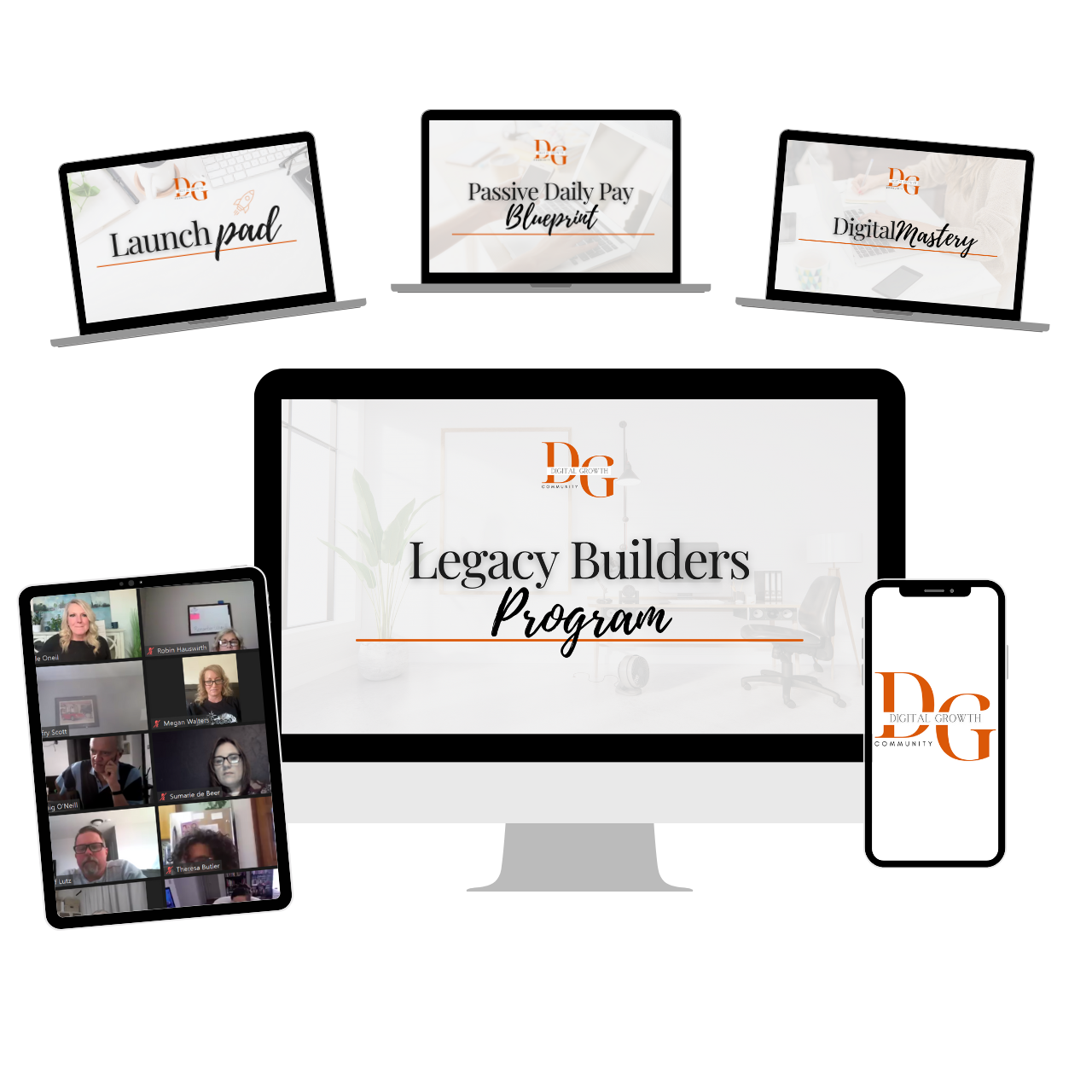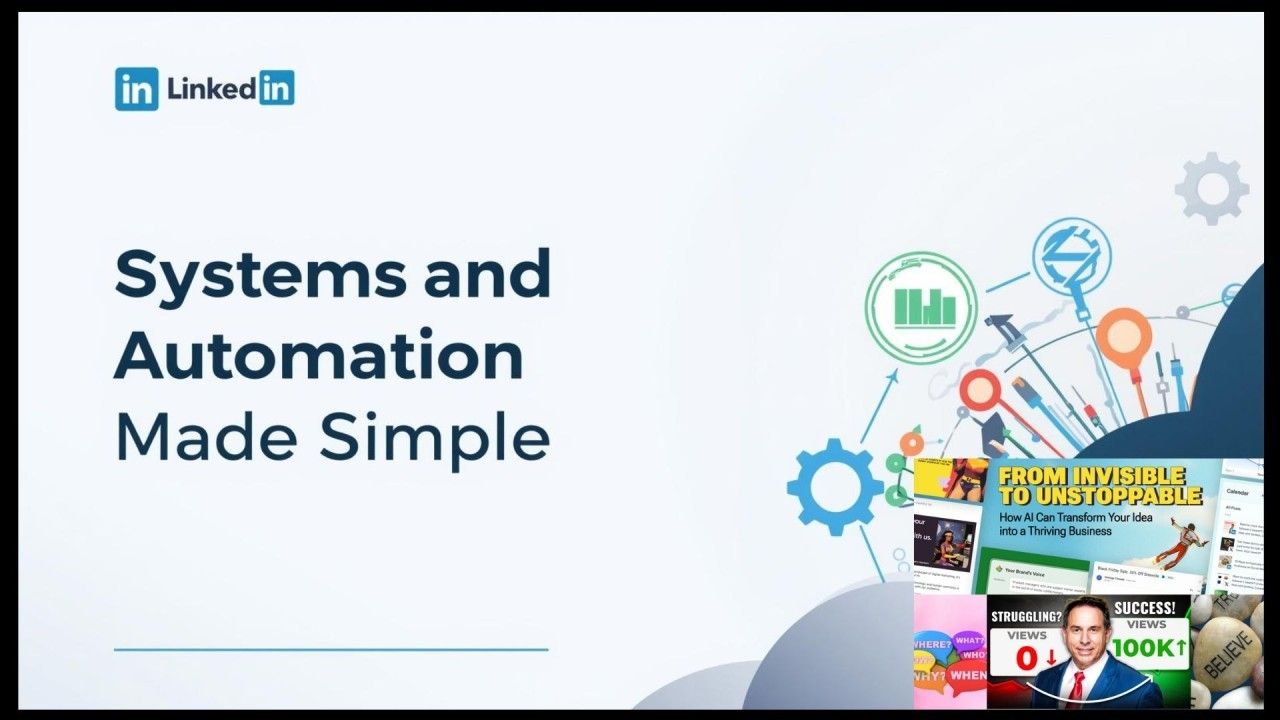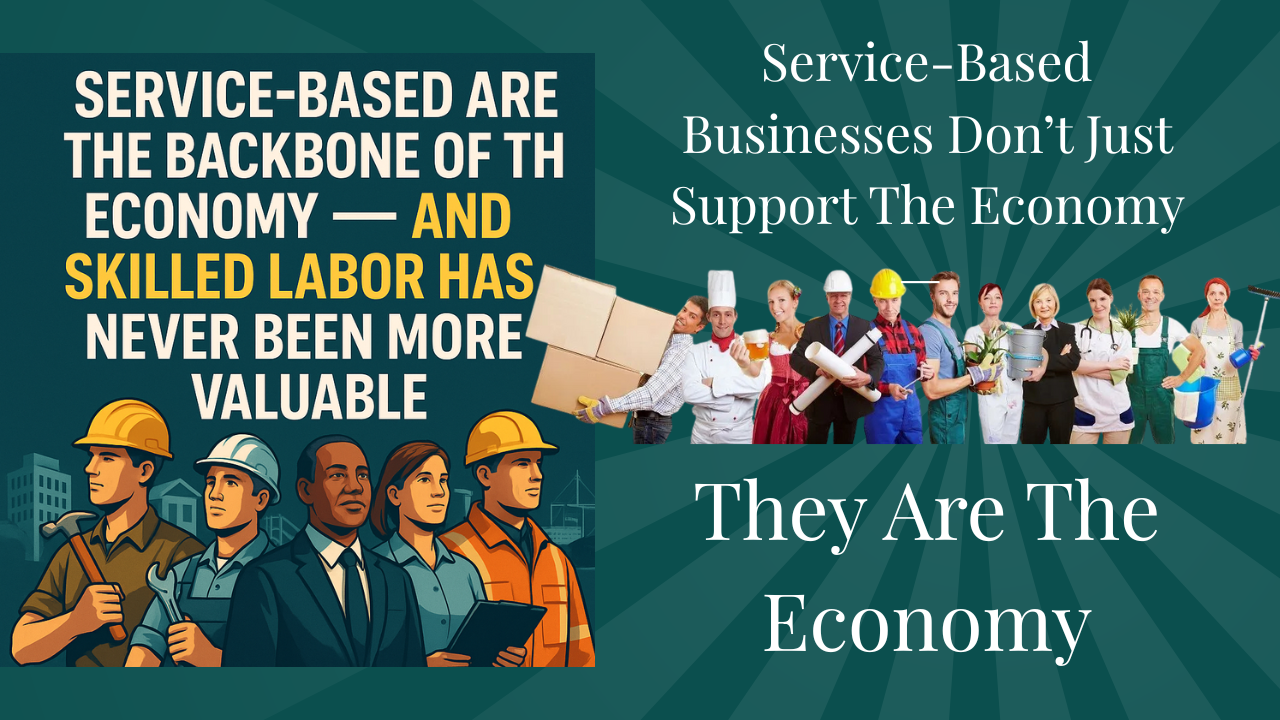The Pain of Change: From Inspiration and Desperation to Obsession

Change is an inevitable part of life, often driven by either inspiration or desperation. The pain of change arises when these motivations become an obsession, compelling us to act. This process can profoundly impact various areas of life, including personal stories, business endeavors, faith, health, and overall lifestyles. In this blog, we will explore the multifaceted nature of change, illustrating how it shapes our existence through real-life examples and insights.
Personal Life Stories: Embracing Change through Inspiration and Desperation
Inspiration often sparks change in our personal lives. Consider the story of Jane, a young woman who, inspired by her grandmother's resilience, decided to pursue a career in medicine. Her grandmother, a Holocaust survivor, had shared stories of survival and hope that deeply moved Jane. This inspiration became an obsession for Jane, driving her to excel in her studies, gain admission to a prestigious medical school, and ultimately become a compassionate doctor dedicated to helping others. Jane's journey illustrates how inspiration can lead to profound personal change, transforming one's path and purpose.
On the other hand,
desperation can also be a powerful catalyst for change. Take the example of John, a middle-aged man who had been struggling with alcoholism for years. After a near-fatal accident, John found himself at rock bottom. The desperation to reclaim his life and restore his relationships became an obsession. He sought help, joined support groups, and committed to sobriety. Today, John is not only sober but also an advocate for others battling addiction. His story highlights how desperation can push individuals to make drastic, life-saving changes.
Business: Innovation through the Pain of Change
In the business world, change is often driven by the need to innovate and stay competitive. Companies that embrace change can thrive, while those that resist it may falter. The tech industry provides numerous examples of businesses that have transformed through inspiration and desperation.
Apple Inc. is a prime example of a company inspired by innovation. In the early 2000s, Apple was on the brink of collapse. Steve Jobs, inspired by a vision of integrating technology and design, spearheaded the development of groundbreaking products like the iPod, iPhone, and iPad. His obsession with innovation and excellence transformed Apple into one of the most valuable companies in the world. Jobs' story illustrates how inspiration can drive a company's transformation, leading to monumental success.
Conversely,
Kodak serves as a cautionary tale of how desperation can lead to necessary, albeit painful, change. Once a dominant player in the photography industry, Kodak failed to adapt to the digital revolution. As digital cameras and smartphones began to dominate the market, Kodak's desperation to survive led to significant restructuring and a focus on digital imaging solutions. Although the company faced immense challenges, this desperate pivot allowed it to remain relevant in a rapidly changing industry.
Faith: Transformative Journeys of Belief
Faith and spirituality often involve profound changes driven by inspiration or desperation. Individuals may experience spiritual awakenings that transform their beliefs and actions, impacting their lives in profound ways.
Inspiration can lead to a deepening of faith. Consider the story of Sarah, who, after surviving a severe illness, felt a renewed sense of purpose and connection to her faith. Her near-death experience inspired her to devote her life to helping others, leading her to become a missionary. Sarah's journey illustrates how a profound, inspiring event can catalyze a significant change in one's spiritual life.
Desperation, on the other hand, can also lead to spiritual transformation. Mark, a former gang member, found himself in a desperate situation after a violent encounter left him hospitalized. Facing the reality of his choices, he turned to faith for solace and guidance. Mark's desperation led him to seek redemption and change his ways. Today, he works with at-risk youth, sharing his story and helping others avoid the path he once walked. Mark's transformation highlights how desperation can lead to a spiritual rebirth and a life dedicated to positive change.
Health: The Painful Path to Wellness
Health-related changes are often driven by the pain of necessity. Whether through inspiration or desperation, individuals make significant lifestyle adjustments to improve their well-being.
Inspiration can lead to a proactive approach to health. Emily, inspired by her father’s battle with heart disease, decided to prioritize her health. She adopted a balanced diet, began exercising regularly, and made mindfulness a part of her daily routine. Her dedication to health not only improved her physical well-being but also enhanced her mental and emotional health. Emily's story demonstrates how inspiration can drive holistic changes in one's lifestyle, leading to a healthier, more fulfilling life.
Desperation often forces individuals to make urgent health changes. Consider Tom, a man in his 50s who suffered a heart attack. This life-threatening event was a wake-up call, forcing him to confront his unhealthy habits. Desperation drove Tom to overhaul his lifestyle, quitting smoking, reducing stress, and adhering to a strict diet and exercise regimen. His journey underscores how the desperation to avoid further health crises can lead to significant, life-saving changes.
Overall Lifestyles: Navigating the Challenges of Change
Changes in lifestyle are often the culmination of shifts in various aspects of life, driven by inspiration or desperation.
Inspiration can lead to a holistic transformation. For instance, Anna, inspired by the minimalist movement, decided to declutter her life. She simplified her possessions, reduced her environmental footprint, and embraced a more intentional way of living. This lifestyle change brought her a sense of peace and fulfillment, illustrating how inspiration can drive comprehensive changes that enhance overall well-being.
Desperation, meanwhile, can push individuals to make drastic lifestyle adjustments. Michael, after losing his job and facing financial ruin, was desperate to turn his life around. This desperation led him to reassess his priorities, develop new skills, and start a successful freelance business. Michael's story demonstrates how the desperation to overcome adversity can drive significant, positive changes in one's lifestyle.
Here are examples of careers often associated with predominant left-brain or right-brain thinking, along with how each hemisphere's strengths are utilized in these professions:
The Intersection of Inspiration and Desperation
In many cases, the pain of change is a blend of both inspiration and desperation. The interplay between these forces can create a powerful motivation to act and transform one's life.
The Role of Mindset in Embracing Change
The mindset with which we approach change significantly influences the outcomes. Developing a growth mindset—believing that abilities and intelligence can be developed with effort—can transform how we perceive and manage change.
Growth Mindset vs. Fixed Mindset: Individuals with a growth mindset view challenges as opportunities to learn and grow. They are more likely to embrace change, persist through difficulties, and achieve their goals. Conversely, those with a fixed mindset may see challenges as insurmountable obstacles, leading to avoidance and stagnation. Adopting a growth mindset can help us better handle the pain of change by viewing it as a pathway to personal and professional development.
Mindfulness and Reflection: Practicing mindfulness and reflecting on our experiences can also enhance our ability to cope with change. Mindfulness involves staying present and fully engaging with the current moment, which can reduce anxiety about future uncertainties. Reflection allows us to learn from past experiences, recognize patterns, and make informed decisions about future changes.
The Power of Community in Supporting Change
Change is often more manageable when supported by a community. Whether it’s family, friends, colleagues, or support groups, having a network of people who understand and support your journey can be invaluable.
- Accountability Partners: Having someone to hold you accountable can be a powerful motivator. An accountability partner can provide encouragement, offer constructive feedback, and help you stay focused on your goals.
- Support Groups: Joining support groups, either in-person or online, can provide a sense of belonging and understanding. Sharing experiences with others facing similar challenges can reduce feelings of isolation and provide practical advice and emotional support.
- Mentorship:
Seeking out mentors who have successfully navigated similar changes can provide guidance and inspiration. Mentors can offer valuable insights, share their experiences, and help you develop strategies for success.
Learn The $900 Passive Daily Pay Blueprint By Just Working 2 Hours Per Day!

How Does It Work?
Introducing Digital Growth Community… The best online business community that has a step-by-step process for making automated daily pay, that creates a life-changing income.
This includes video trainings and LIVE interactive mentoring zooms teaching you digital marketing techniques that can turn into 6 and 7-figures online.
We give you proven marketing techniques to start marketing online for FREE.
Once someone purchases from you, you will earn 100% profit!
LEARN MORE:
www.digitalpronow.com
Overcoming Fear and Resistance to Change
Fear and resistance are natural reactions to change. Understanding and addressing these emotions can help us move forward more effectively.
- Identifying Fears: The first step in overcoming fear is to identify what specifically scares us about the change. Is it fear of failure, fear of the unknown, or fear of losing control? Once we pinpoint our fears, we can address them more constructively.
- Challenging Negative Beliefs: Negative beliefs about our ability to handle change can hold us back. By challenging and reframing these beliefs, we can build confidence in our capacity to adapt and thrive. For example, instead of thinking, "I can't handle this," we can reframe it to, "I am capable of learning and growing through this experience."
- Taking Incremental Steps: Breaking down the change into smaller, manageable steps can make it less overwhelming. Celebrating small successes along the way can build momentum and confidence.
The Impact of Change on Mental Health
Change, especially when driven by desperation, can have significant impacts on mental health. It's crucial to prioritize mental well-being during times of transition.
- Recognizing Stress and Anxiety: Acknowledging feelings of stress and anxiety is the first step in managing them. Ignoring or suppressing these emotions can lead to burnout and other mental health issues.
- Seeking Professional Help: If the stress of change becomes unmanageable, seeking help from a mental health professional can be beneficial. Therapists and counselors can provide coping strategies, emotional support, and a safe space to process feelings.
- Practicing Self-Compassion:
Being kind to ourselves during times of change is essential. Self-compassion involves recognizing that it's okay to struggle and that taking care of our mental health is a priority.
The Role of Adaptability in Navigating Change
Adaptability is a crucial skill in managing the pain of change. It involves being open to new experiences, willing to adjust our plans, and staying flexible in the face of uncertainty.
- Developing Adaptability: Adaptability can be developed through practice and experience. Embracing new challenges, learning new skills, and stepping out of our comfort zones can enhance our ability to adapt.
- Resilience Training:
Building resilience—our ability to bounce back from setbacks—is closely linked to adaptability. Resilience training often includes developing problem-solving skills, maintaining a positive outlook, and building strong support networks.
The Long-Term Benefits of Embracing Change
While the pain of change can be intense, the long-term benefits often outweigh the initial discomfort. Embracing change can lead to personal growth, enhanced well-being, and new opportunities.
- Personal Growth: Change pushes us to grow in ways we might not have imagined. It can lead to greater self-awareness, improved skills, and a stronger sense of purpose.
- Enhanced Well-Being: Successfully navigating change can improve our overall well-being. It can lead to healthier lifestyles, more fulfilling relationships, and a greater sense of accomplishment.
- New Opportunities:
Embracing change opens the door to new opportunities. Whether it’s a new career, a new relationship, or a new way of living, change can lead to exciting and rewarding experiences.
Real-Life Stories of Transformational Change
- From Corporate Job to Entrepreneur: Consider the story of Maria, who left a stable corporate job to start her own business. Inspired by her passion for sustainable living, she launched an eco-friendly product line. The initial transition was fraught with financial uncertainty and long hours, but her determination and commitment paid off. Today, Maria's business is thriving, and she feels a deep sense of fulfillment and purpose.
- Overcoming Health Challenges: David’s journey with chronic illness illustrates the power of change driven by desperation. Diagnosed with a debilitating condition, David was desperate to regain control of his life. He adopted a rigorous health regimen, sought out alternative treatments, and adjusted his lifestyle to manage his condition. His dedication not only improved his health but also inspired others facing similar challenges.
- Spiritual Awakening:
Rachel’s story of spiritual transformation shows how a blend of inspiration and desperation can lead to profound change. After a series of personal losses, Rachel felt a deep sense of desperation. Seeking solace, she embarked on a spiritual journey, exploring different faiths and practices. Inspired by the teachings she encountered, she found a new sense of peace and purpose. Today, Rachel is a spiritual coach, helping others navigate their own journeys of faith.

LEARN MORE CLICK HERE: www.digitalpronow.com
Embracing Change in the Digital Age
The digital age has accelerated the pace of change, making adaptability even more crucial. Technology continuously reshapes how we live, work, and connect.
- Digital Transformation in Business: Businesses must embrace digital transformation to stay competitive. This involves adopting new technologies, rethinking business models, and continuously innovating. Companies that successfully navigate digital change, like Amazon and Netflix, demonstrate the power of adaptability in the modern era.
- Personal Adaptation to Technology: On a personal level, staying current with technological advancements is essential. Whether it’s learning new software, adapting to remote work, or navigating social media, embracing technological change can enhance our productivity and connectivity.
- Balancing Technology and Well-Being:
While technology offers many benefits, it also presents challenges, such as digital overload and privacy concerns. Balancing technology use with well-being involves setting boundaries, practicing digital detoxes, and staying informed about digital security.

LEARN MORE CLICK HERE: www.digitalpronow.com
Conclusion: The Ongoing Journey of Change
The pain of change, driven by both inspiration and desperation, is an ongoing journey that shapes every aspect of our lives. By embracing change, developing a growth mindset, and leveraging the support of our communities, we can navigate the challenges and reap the rewards.
Change is not a one-time event but a continuous process. Each step of the journey offers opportunities for growth, learning, and transformation. Whether inspired by a vision of a better future or driven by the desperate need to improve our current situation, the ability to embrace and adapt to change is a testament to our resilience and potential as human beings.
As we continue to face the inevitable changes in our personal lives, businesses, faith, health, and lifestyles, let us remember that the pain of change is often the precursor to profound and meaningful transformation. By staying committed to our goals, supporting each other, and maintaining a positive and adaptable mindset, we can turn the pain of change into the power of progress.




